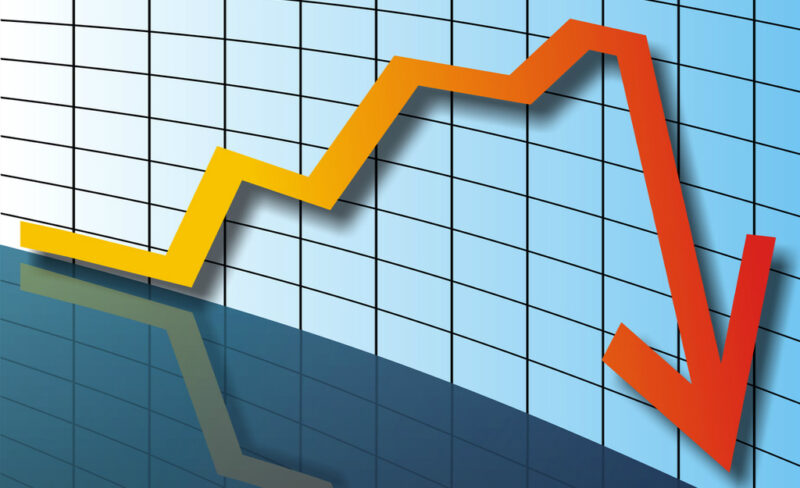Insolvency Indicators at a Record Low


As members of the Institute of Chartered Accountants (ICAEW) and Association of Business Recovery Professionals (R3), we’re always keen to read their insolvency reports and study the latest research they’ve commissioned.
UK insolvencies peaked in 2009 with 26,000 corporate and 160,000 personal insolvencies. In 2014, UK insolvency practitioners helped approximately two-in-five insolvent businesses to continue trading, saving around 230,000 jobs.
And the positive trend continues, with new research by insolvency trade body R3 showing that key indicators of corporate and personal financial distress are at an all-time low.
Business Turnaround & Growth
Despite 113,000 businesses (about 6% of all UK businesses) being owed money by insolvent suppliers or customers last year, as well as recent stock market volatility, business distress is at a new record low.
Key indicators of UK business distress:
- Regularly using maximum overdraft (6%*)
- Fallen market share (5%*)
- Decreased sales volumes (10%*)
- Decreased profits (12%**)
- Having to make redundancies (4%**)
* New record low
** Within 2% of record low
According to new research by R3, just 17% of businesses have reported a key indicator of distress, which is a big drop from last September (28%) and beats the previous record low from April 2015 of 24%. When the survey began in March 2012, 64% of businesses were reporting indicators of distress.
This high liquidity can be attributed to record low interest rates, reductions in fuel prices and low inflation, which have all helped prompt decent levels of growth in recent years.
Growth is now at a record high, with 69% of businesses reporting at least one indicator of growth, although fewer firms are seeing multiple signs of growth. And more worrying, small businesses are lagging behind their big business counterparts in terms of growth, with the gap expected to widen further when auto-enrolment and National Living Wage legislation is introduced.
However, healthier profitability should mean smaller businesses will be in a better position to stay on top of their cash flow.
Click here for the full results of the research.
A Fall in Personal Insolvency
Personal insolvencies have dropped to pre-recession levels (but still well above 2003 levels), prompting R3 and ComRes to survey more than 2,000 British adults about debt and personal finances.
Although the number is at the lowest level since tracking began in 2010, more than a third of people surveyed (36%) often or sometimes struggle to make it to payday. The record high was 51% in May 2012. A joint record low of 39% are at least fairly worried about their current level of debt.
These numbers, and economic pessimism in general, might be at a record low, but the number of personal insolvencies are still relatively high. However, British adults, particularly those aged 18-44, are largely optimistic that their personal finances will improve over the next six months.
It still seems to be the case, however, that those most concerned about debt are the most likely to take out a loan, which can leave them with longer term problems. And the R3 survey doesn’t account for those with serious levels of debt that have entered non-statutory debt management plans, so the true picture might be somewhat gloomier.
Click here for the full results of the survey.
If you or anyone you know is concerned about personal or business debt, please contact licensed insolvency practitioners David Perkins or Nick Cusack for an obligation and cost-free initial consultation. There is nothing worse than worrying unnecessarily and seeking advice early will improve the likelihood of a simple solution being available.


